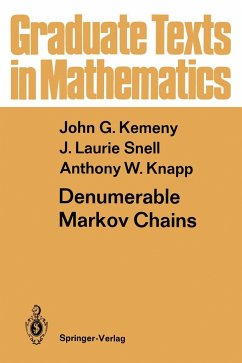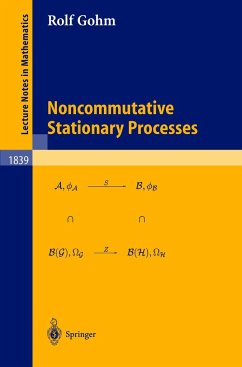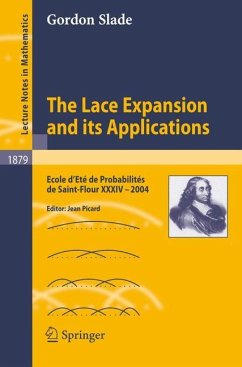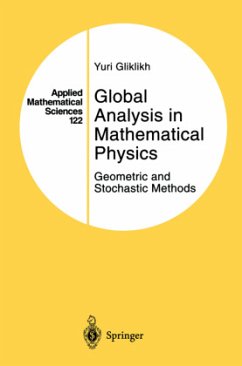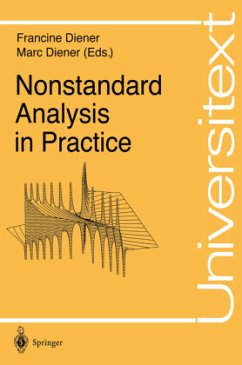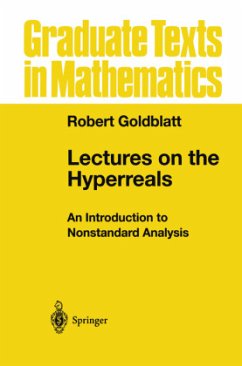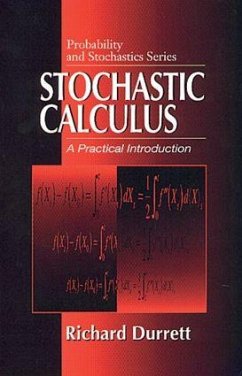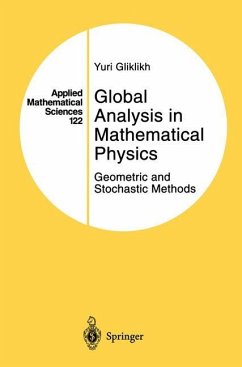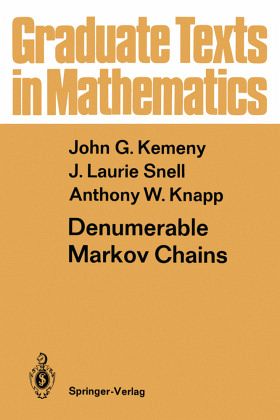
Denumerable Markov Chains
with a chapter of Markov Random Fields by David Griffeath
Mitarbeit: Griffeath, D. S.
Versandkostenfrei!
Versandfertig in 1-2 Wochen
50,99 €
inkl. MwSt.
Weitere Ausgaben:

PAYBACK Punkte
25 °P sammeln!
With the first edition out of print, we decided to arrange for republi cation of Denumerrible Markov Ohains with additional bibliographic material. The new edition contains a section Additional Notes that indicates some of the developments in Markov chain theory over the last ten years. As in the first edition and for the same reasons, we have resisted the temptation to follow the theory in directions that deal with uncountable state spaces or continuous time. A section entitled Additional References complements the Additional Notes. J. W. Pitman pointed out an error in Theorem 9-53 of the fir...
With the first edition out of print, we decided to arrange for republi cation of Denumerrible Markov Ohains with additional bibliographic material. The new edition contains a section Additional Notes that indicates some of the developments in Markov chain theory over the last ten years. As in the first edition and for the same reasons, we have resisted the temptation to follow the theory in directions that deal with uncountable state spaces or continuous time. A section entitled Additional References complements the Additional Notes. J. W. Pitman pointed out an error in Theorem 9-53 of the first edition, which we have corrected. More detail about the correction appears in the Additional Notes. Aside from this change, we have left intact the text of the first eleven chapters. The second edition contains a twelfth chapter, written by David Griffeath, on Markov random fields. We are grateful to Ted Cox for his help in preparing this material. Notes for the chapter appear in the section Additional Notes. J.G.K., J.L.S., A.W.K.





